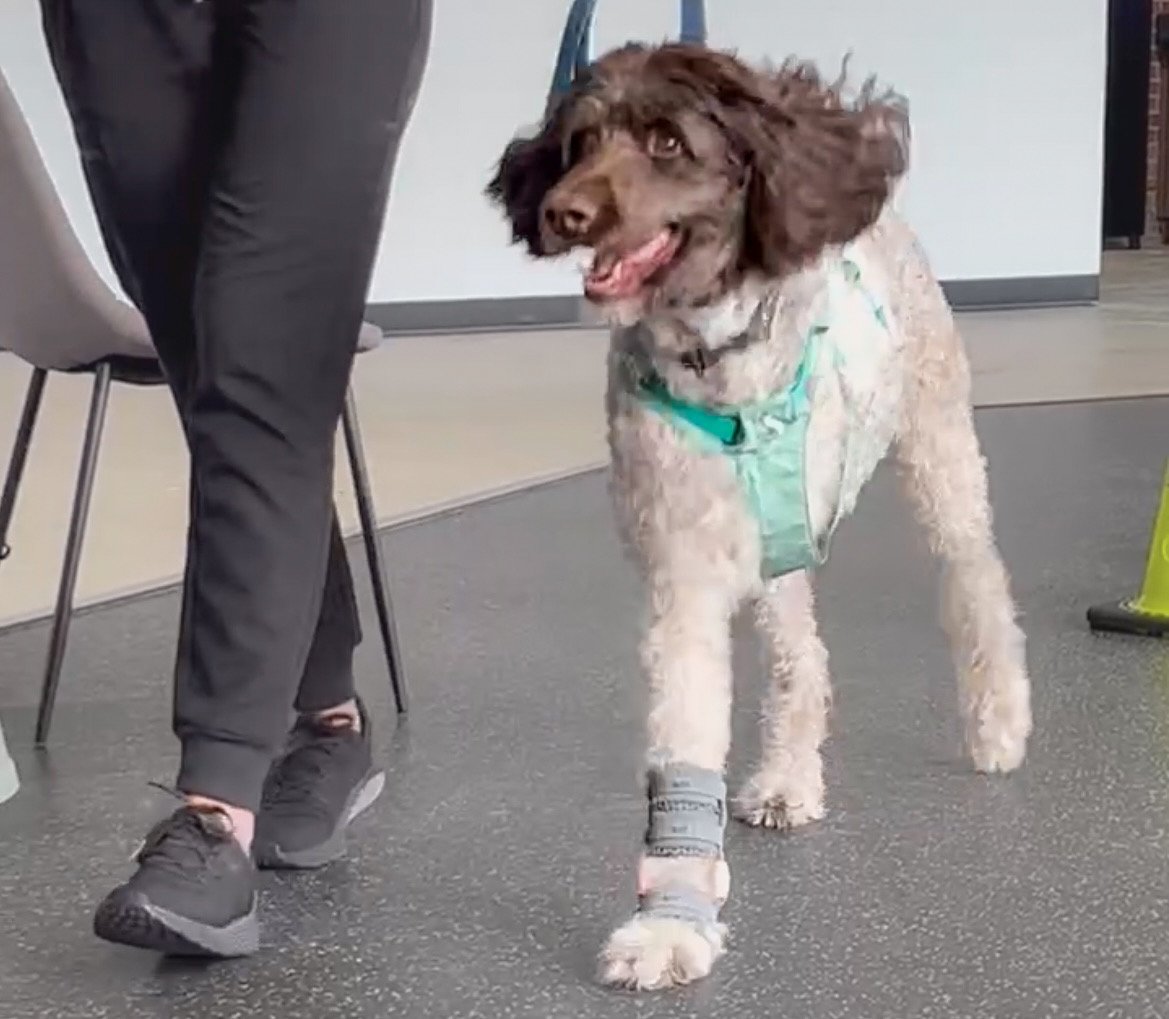Physical Rehabilitation of Dogs with Amputations
Dr. Cara McNamee
Amputation is a common surgical procedure in dogs, and it can be a life-saving treatment for a variety of conditions. However, amputation can also be a major change for a dog, and it can take time for them to adjust to their new body.
Physical rehabilitation can help dogs with amputations to regain their mobility and function. It can also help to reduce pain and improve their overall quality of life.
What does physical rehabilitation for dogs with amputations look like?
Physical rehabilitation for dogs with amputations is a program of exercises and activities that are designed to help them regain their mobility and function. The exercises are tailored to the individual dog's needs and abilities.
Some of the exercises that may be included in a physical rehabilitation program for dogs with amputations include:
Range-of-motion exercises
Strengthening exercises
Proprioceptive training
Balance exercises
Walking exercises
How long does physical rehabilitation for dogs with amputations last?
The length of time that a dog needs physical rehabilitation after amputation varies depending on the individual dog and any other physical conditions. However, most dogs will need to participate in some form of physical rehabilitation for several weeks or months.
What are the benefits of physical rehabilitation for dogs with amputations?
Physical rehabilitation can provide a number of benefits for dogs with amputations, including:
Improved mobility
Reduced pain
Improved quality of life
Increased confidence
What kind of modalities are used in physical rehabilitation for dogs with amputations?
Therapeutic Exercise: improves balance, proprioception, and strengthening.
Underwater treadmill: helps with balance, strengthening, and gait patterning.
Massage and manual therapy: helps reduce the strain on compensatory muscles and joints, improves range of motion.
Laser therapy: improves inflammation, decreases pain
A tripod dog wearing his custom made brace to support his remaining front leg walks in the underwater treadmill.
Here are some additional tips for physical rehabilitation of dogs with amputations:
Start slowly and gradually increase the intensity of the exercises.
Be patient and consistent with the exercises.
Monitor your dog's progress and adjust the exercises as needed.
Provide your dog with plenty of rest and support.
With your help, your dog can thrive after amputation.


